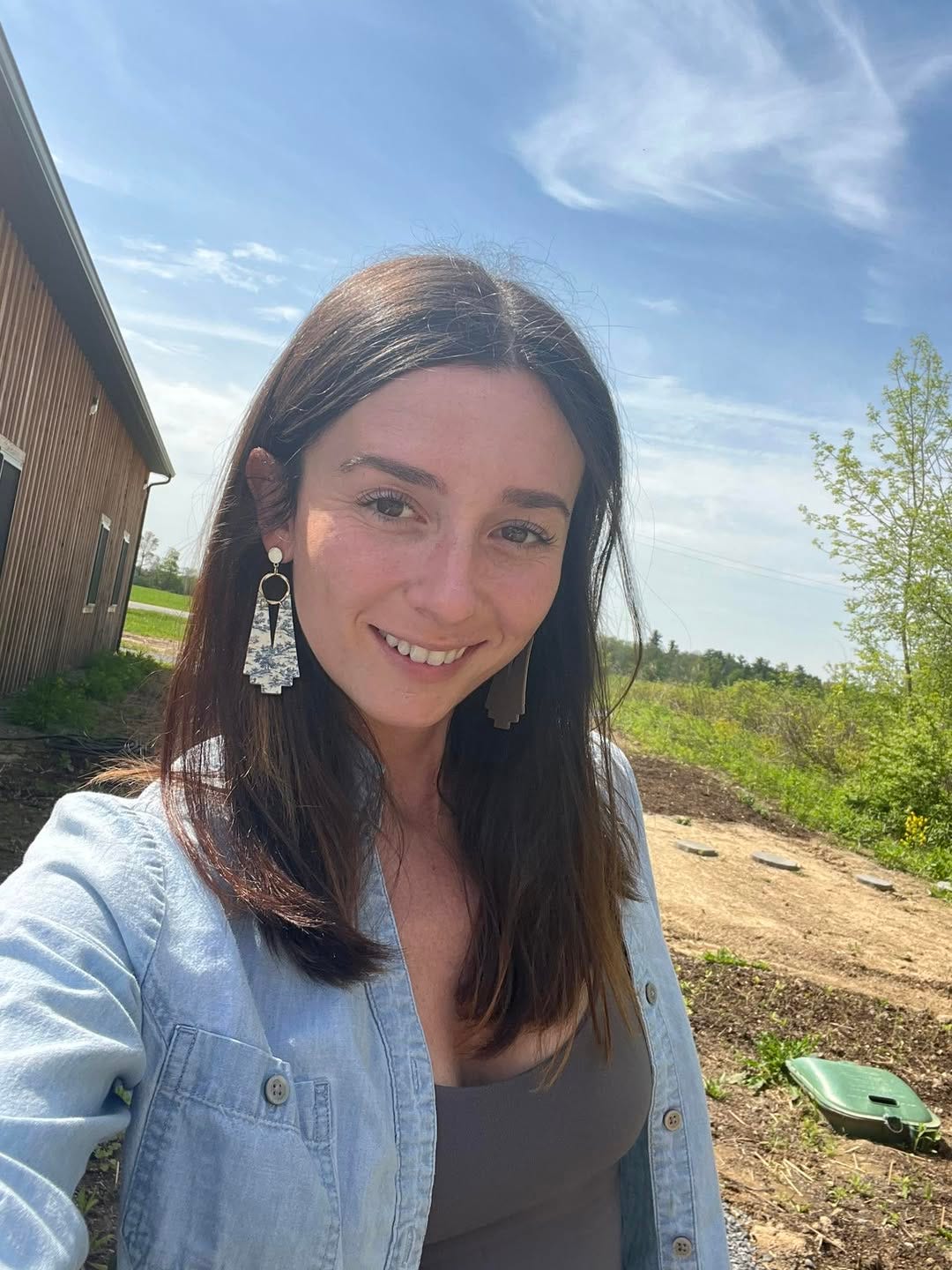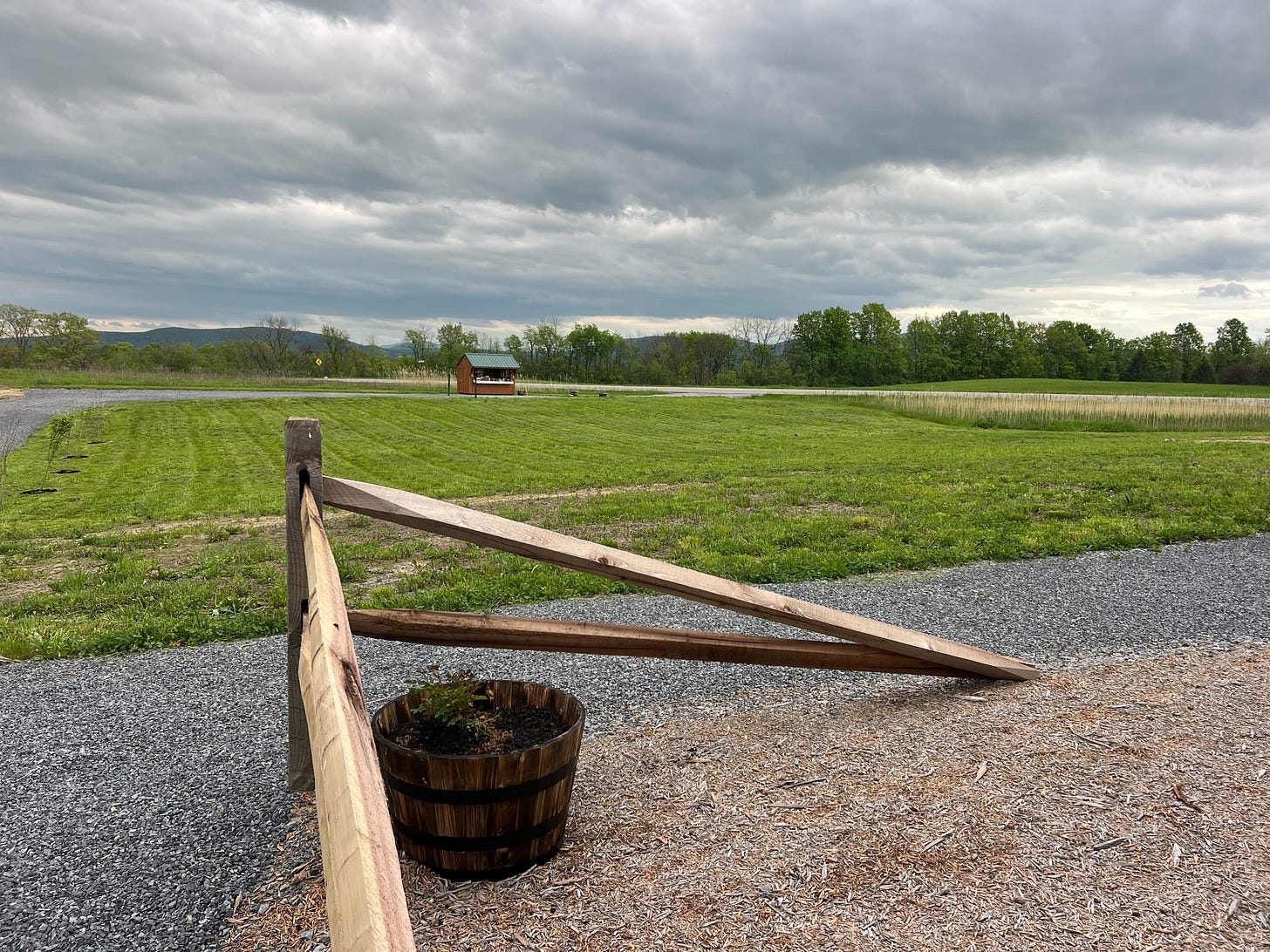Why the next generation of farmers won't look like the last
A massive $24 trillion dollar wealth transfer in the form of farmland and farming operations is currently changing hands, opening the door to farming methods we haven't seen in over 100 years.
When the Fordson Model F and the John Deere Model D hit the market during the 1920s, farmers didn’t know it yet, but their profession was about to change forever. What previously required man and animal power to yield a profit and feed Americans became automated, practically overnight.
It was a relief to many of the farmers out toiling in the fields, engaging in back-breaking labor to keep their farming operation afloat. It appeared to be a good thing.
Over the years, additional tractor brands hit the market, becoming more sophisticated in their capabilities and technology. They got bigger, too, which means farms increased in size as well. Smaller operations that were not able to afford the fancy tractors and additional acreage started to disappear - or were absorbed into the growing conglomerate farming operations. Others went into insurmountable debt to afford this new farming technology that ultimately didn’t pay off in the end if they failed to scale their acreage accordingly.
It’s no surprise that the big guys are the ones who have survived to present day. The small and family-owned farms found it too difficult to compete. That’s how we ended up with monoculture, pesticide-laden farming that’s considered normal and common in our country presently. There’s no regard for the air, soil, or water that’s growing our food. Seeds are mechanically shoved in the ground and coated with different rounds of pesticides to ensure they make it to the shelves, with plenty of fancy farming equipment, technology, and of course, tractors in tow.
It’s a bleak outlook for the environment… except for one factor at play today: the average age of the American farmer is now over 60. These individuals own over 40% of the farmland in the country currently (around 370 million acres). It’s estimated that more than 50% of US farmers will retire or pass on now through 2045. Some of them have family to pass their farms to - but that’s not as common as one might think.
I’ve chatted with the farmers around my farmland in Upstate NY, and nearly all of them have disinterested kids that went off to universities. The picture of working from dawn until dusk, under growing debt, with uncertainties like changing weather at play just didn’t appeal to their kids. They watched mom and dad nearly kill themselves every day just to make end’s meet. In a way, can you blame them?
These farmers are now, typically, around 70-years-old and can barely manage the farm any longer. They are sore, tired, and ready to hand the farm to someone else. They deserve some rest.
So, WHO are they handing these farms to, then?
Well, a few conversations I have had with the people in this area has revealed the following:
they’re selling to investment firms wanting to develop the land for high-rises, shopping strips, and parking lots
they’re selling to solar companies, backed by state funding, determined to litter idyllic country landscape in dystopian, hideous grey solar panels
they’re subdividing and selling off the land in chunks to anyone who makes an offer
or, they’re renting to first-time farmers/engaging in charitable remainder trusts (CRT) that create a monthly payment for the property until the farmer passes on, thereby passing the remainder of the farm to the buyer
In the above scenarios, the first three almost always result in the disappearance of American farmland forever. We can’t allow this, and I break down in other articles how we can do something about it.
Of the 370 million acres that will find itself under new ownership in the next 20-years, a new generation of farmers is going to emerge, half due to an interest in unplugging from our hyper-plugged-in world, and half due to necessity of feeding our local towns and villages. There is going to be a decentralization of the farming industry… and it’s for the better.
The fracturing of the American farming industry
Change requires discomfort. This fracturing might not feel or look good at first.
“How can it be a positive if our biggest farms are breaking down? What about the farmers retiring? Who will feed us?”
Foreign countries can and will continue feeding us their most chemically-covered food that we fly into our stores every day. But from an environmental and health point of view, this cannot go on any longer.
There is a void that’s being created, as we speak, while these farmers retire. One report outlined that it’s sooner than 20-years: 50% of the people currently growing the food we eat will retire in the next decade. That’s going to create a massive vacuum that simply can’t be replaced by the current incoming farmer class. Young farmers trying to do things the old way have been priced out of the land. They can’t afford the 440 acre farms, the tractors, and the taxes slapped on the acreage. Additionally, there isn’t enough interest in young people to choose this kind of career.
The solution that’s going to emerge here, whether people are ready to accept it or not, is that the farming industry must fracture. The average farm size must get smaller. Smaller farms allow farmers to engage in more beneficial forms of farming, for the land and plants, like permaculture and regenerative agricultural practices. Smaller acreage means fewer pesticides as well.
I am attempting to do this as we speak, teaching myself the art of farming with zero agricultural background. The amount of food that can be grown in a polyculture arrangement on just one acre of land is mind-blowing. Plants were always designed to be grown together - not as a monocultural expanse that needs chemicals to survive.
With just a few acres, an entire neighborhood can be fed. A few farmers doing this are able to support 70 families from 3 acres of polyculture farming. Does this still require some hard work? Of course it does. But the input costs for farming just 3 acres are a fraction of what it costs to work 400 acres. Paying the taxes and land management costs for just 3 acres suddenly becomes doable, even for the generations that have been shut out of homeownership.
What the new generation of farmers is going to look like
The new generation of American farmers won’t be sitting on 450 acre farms with 20 foot wide tractors that plunge them into debt they’ll never be able to pay off with their farms. It’s going to be a rag-tag, unexpected group of people that come from very different walks of life.
It’s going to be the disgruntled corporate/office worker that can’t sit inside anymore.
It’s going to be the Gen Z ‘snowflakes’ that wear beanies and drink craft beer at night with an immense interest in soil science.
It’s going to be me, the solo 32-year-old, small female, who is tractor-less and happier than ever to get my hands dirty (following a decade of sitting at my laptop running a freelance writing business).
It’s also going to be the 65-year-old, who’s recently divorced (I’ve met quite a few of these folks at my farm stand) and had the money to buy a 10-acre farm in New Hampshire, determined to start anew and prove to themselves what they are capable of.
It’s going to be the couple in their 40s who just quit their jobs on a prayer, investing what money they had left in an organic berry farm where they harvest food to sell at a farmers’ market.
This kind of change is going to spur disagreement, controversy, and judgment, especially from those that consider the art of farming to be best left to men, from the country, who know how to work a tractor and shoot deer in their backyards. We still need these kind of people to care about agriculture, too. We need EVERYONE to start caring. We all have something to teach each other in the incoming decentralized farming market.
I will continue to make my way through the doubt hurled at me on my 6.74 acres as I farm, garden, and restore my property to a pollinator oasis or ‘Garden of Eden’ of sorts without a tractor. It doesn’t look like the farming of the past. But it IS the farming of the future. And I plan to be the best case study I can be to show others this doesn’t have to be so scary.
I cover everything anyone could possibly need to know from identifying the right farmland to buy, to qualifying for a loan for it, to farming it alone, to developing raw land, to the kinds of businesses I plan to run off my property this year and the years to come.
I will leave you with one of my best comprehensive guides that makes approaching this topic more palatable for those without a background in buying land (hi, that was me).
Follow along!
6 steps you MUST follow if you plan to farm or homestead in 2025
It’s crazy to think that only one-year ago, I still had not gardened, farmed, or grown a single plant from seed as I write this. It’s a testament to how much can change in a year, and I hope, exists as proof that this IS possible. Well, it’s possible one day at a time.









I’ve put up a hydroponics NFT system in my backyard. Mine uses horizontal grow pipes. If one uses vertical grow pipes, one can grow all the tomatoes, green onions, lettuce, peppers, peas, beans, strawberries, melons, etc., one needs for a family in under 100 sq ft with less water than farming in dirt, no pesticides and no weeds. Add 30 sq ft of dirt for potatoes & broccoli and you’ve got the veggies & starch you need. Add a few hens for egg protein and you’re nearly self-sufficient in a small backyard. Move to aquaponics & you’re also raising fish in the same space. With either aqua- or hydroponics, all you still need are sugar,salt, flour, butter & milk. If you live in the country - a cow or goat can provide the dairy you need. No tractor. Little bending over. Organic, real food.
At the founding Jefferson and Hamilton debated the future of the country. Jefferson imagined a republic of small family farms. He warned about the corruption of people living off entitlements. What would he think of modern day America? The conditioning and zombification that happens growing up in just about any town is real...go through any neighborhood and try to find even a vegetable garden anymore. It's like no we're above that. Congratulations on making the leap into farming w/out experience. It's rare but I do see more people quitting tech and buying farms..a good sign.